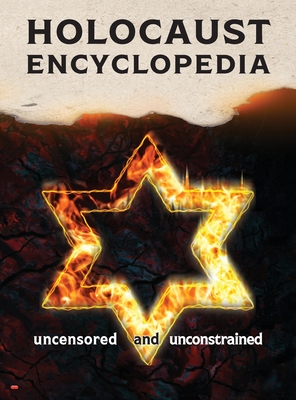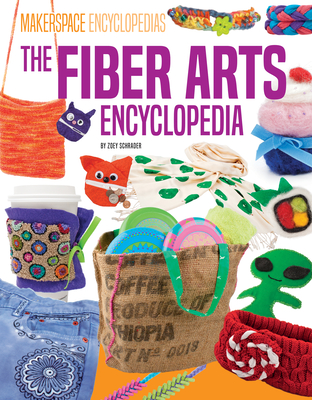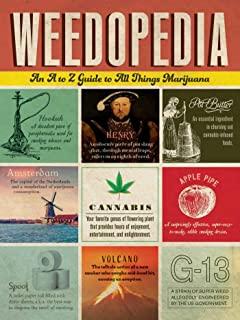
Academic Research Group
We all know that, when a murder is committed, the murder weapon and the traces the murderers left behind are of crucial importance. Yet Yad Vashem's encyclopedia has no entries explaining scientific findings on these matters - not one.
This is where the present encyclopedia steps in. It not only summarizes and explains the many pieces that make up the larger Holocaust picture, but it also reveals the evidence we have that confirms or contradicts certain notions. Nearly 300 entries present the essence of important witness accounts. They are all subjected to source criticism, which is the most important tool that a historian has. This enables the reader to choose which claim to believe, and which not.
For all major Holocaust crime scenes, entries report about the sometimes-conflicting claims made about them. You learn how our knowledge has changed over time, and what evidence we have today that shores up the currently valid narrative of places such as Auschwitz, Belzec, Sobibór, Treblinka, Dachau and Bergen-Belsen, to name only a few.
Several entries discuss the various tools and mechanisms reported by witnesses to have been used for the mass murders, and how the traces of the crimes were reportedly erased, if at all. Numerous other entries discuss toxicological issues surrounding the various lethal gases claimed to have been used.
This encyclopedia also has multiple entries on some more-or-less common claims about aspects of the Holocaust, including a list of "Who said it?" This enables the reader to quickly find sources for these claims.
Finally, several entries address factors that have influenced the creation of the Holocaust narrative, and how we perceive it today. This includes, among others, entries on psychological warfare and propaganda during the war; on conditions prevailing during criminal investigations and trials of defendants accused of having been Holocaust perpetrators; on censorship against historical dissidents; on the religious dimension of the Holocaust narrative; and on motives of all sides involved in creating and spreading their diverse Holocaust narratives.
In this important volume, now with 584 entries, you will discover many astounding aspects of the Holocaust narrative that you did not even know exist.
By making easily accessible the incontrovertible evidence for what really happened, this encyclopedia empowers everyone to successfully oppose and refute all those who deny the facts of this event often referred to as the "Crime of the 20th Century." It vanquishes bigoted polemics with historical accuracy. Full-color edition with 189 b&w and 167 color illustrations.







